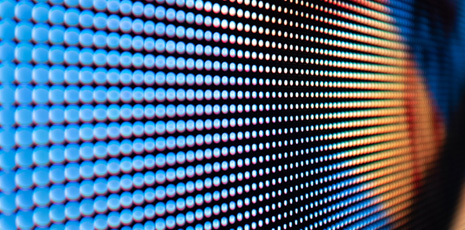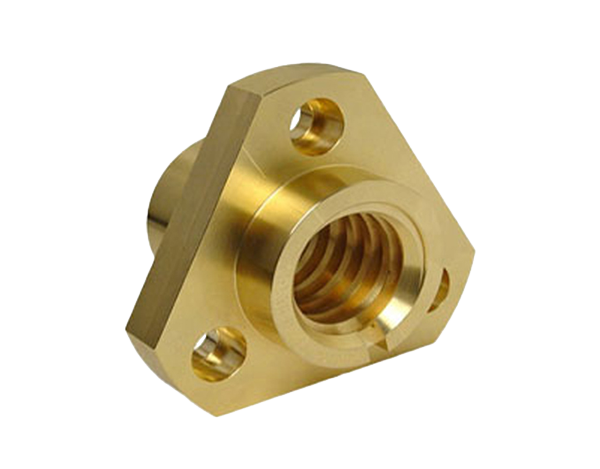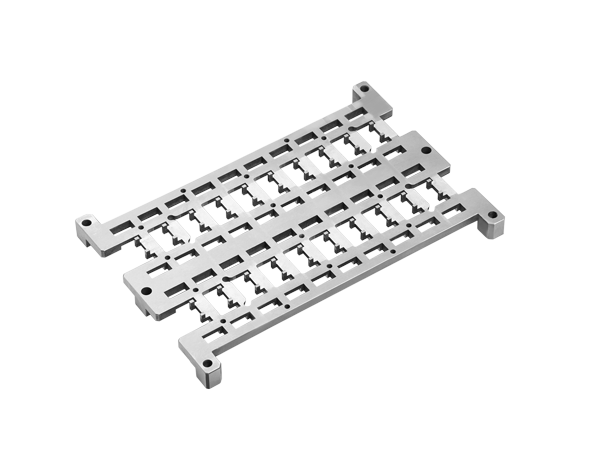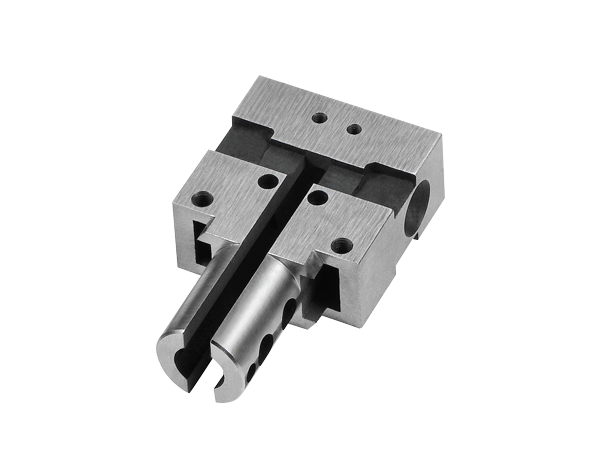Home / News / Industry News / CNC Applications in the LED Industry: Precision and Efficiency Combined
CNC Applications in the LED Industry: Precision and Efficiency Combined
With the rapid growth of the LED lighting market, LED products are increasingly used in commercial lighting, stage lighting, indoor and outdoor lighting, and smart lighting systems. At the same time, the industry demands higher precision, better thermal management, and more complex structural designs. To meet these stringent requirements, Computer Numerical Control (CNC) machining has become an essential technology for the LED industry. This article explores CNC applications in LED manufacturing, highlighting key use cases, advantages, and future trends.
1. High Precision Requirements in the LED Industry
Core LED components include heatsinks, housings, optical structures, module brackets, and power supply enclosures. The precision of these components directly affects performance and longevity:
LED Heatsinks: High-brightness LEDs generate substantial heat. Poor heat dissipation accelerates lumen depreciation and reduces lifespan. Heatsinks, usually made of aluminum or copper, require precise fin and hole machining to ensure efficient thermal transfer.
LED Housings and Structural Parts: Outdoor and commercial LED housings must provide structural strength, weather resistance, and aesthetic appeal while ensuring accurate assembly.
Optical Components: Lens holders, dimming mechanisms, and reflectors require extremely tight tolerances on flatness and hole placement. Even minor deviations can impact optical performance.
Module Brackets and Mounting Plates: Accurate placement of LED modules is crucial for uniform light distribution and overall fixture performance.
These high-precision requirements exceed the capabilities of traditional manual or conventional machining, making CNC an ideal solution for achieving micron-level accuracy.
2. Key CNC Applications in the LED Industry
2.1 LED Heatsink Machining
Heatsinks for LED fixtures are typically made from aluminum or copper. CNC machining allows milling, drilling, and threading of complex fin patterns, grooves, and mounting holes. Compared to die-casting:
CNC eliminates the need for molds, shortening development cycles
Rapid design iteration is possible
Flexible production for small or customized batches
Multi-sided CNC machining ensures uniform heat distribution, allowing LEDs to operate reliably under high brightness conditions.

2.2 Housing and Structural Component Machining
LED housings involve high-strength materials (aluminum, magnesium, stainless steel) and intricate shapes. CNC can process the entire profile, mounting holes, and functional grooves in a single setup, ensuring:
Dimensional Accuracy: Minimizes assembly errors
Flatness: Guarantees precise optical component alignment
Structural Integrity: Withstands outdoor conditions, wind, and impact
Post-processing treatments like sandblasting, anodizing, powder coating, and electrophoretic coating can further enhance appearance and durability.
2.3 Optical Component Machining
Optical parts demand high accuracy in hole placement, flatness, and overall shape. CNC processes like milling, drilling, and tapping ensure:
Precise lens holder positioning
Smooth operation of optical adjustment mechanisms
Uniform light distribution after assembly
Consistent CNC production improves overall optical performance and reduces variance between units.
2.4 LED Module Brackets and Mounting Plates
CNC machining ensures the proper placement and alignment of LED modules by:
Achieving high-precision holes and threads
Maintaining flatness and perpendicularity
Supporting fast assembly and modular design
CNC also supports diverse materials such as aluminum, copper, and steel to meet thermal and mechanical requirements.
2.5 Power Supply Enclosures
LED drivers often require waterproof, dustproof, and heat-resistant enclosures. CNC machining can accurately create grooves, mounting holes, and sealing features, enhancing electrical safety and reliability.
3. Advantages of CNC Machining in the LED Industry
3.1 High Precision
CNC can achieve ±0.01mm or higher accuracy, ensuring that heatsinks, optical parts, and modules meet strict dimensional requirements for optimal performance.
3.2 Flexibility and Customization
The fast-changing LED market demands rapid iteration. CNC machining allows:
Small-batch production
Custom lighting designs
Quick prototyping and product development
3.3 Material and Process Compatibility
CNC handles a wide range of metals, including aluminum, copper, magnesium, and stainless steel. Combined with surface treatments (anodizing, powder coating, polishing), CNC produces high-performance, aesthetically appealing components.
3.4 Efficiency and Cost Effectiveness
While per-unit costs may be higher than die-casting for large volumes, CNC offers advantages for:
Small-batch, multi-model production
Rapid prototyping
Reduced mold and tooling expenses
Overall, CNC provides excellent cost-performance benefits for LED manufacturers.
4. Future Trends
As LED lighting moves toward higher power, integrated designs, and smart functionality, CNC machining in the LED industry is expected to evolve in several ways:
Automation and Smart Machining: Integration with industrial robots enables fully automated production lines, improving efficiency.
Multi-Axis CNC: 5-axis and 6-axis machining handles more complex heatsinks and optical parts, expanding design possibilities.
Rapid Prototyping and Small-Batch Customization: CNC supports quick iterations and bespoke designs to meet diverse market needs.
Higher Precision and Surface Quality: Micro-LED and high-density modules require ultra-precise machining for flawless assembly.
5. Conclusion
CNC machining is indispensable in the LED industry:
It efficiently produces heatsinks, housings, optical structures, module brackets, and power supply enclosures
It ensures high precision, consistency, and flexibility
It meets the demands of fast-paced product development and small-batch production
As the LED industry advances toward smarter, more powerful, and more complex products, CNC machining will continue to play a crucial role in enabling reliable, high-quality LED manufacturing.
Shenzhen Xinbanghui Hardware, as a professional provider of CNC machining solutions, specializes in delivering high-precision components for the LED industry, including heatsinks, housings, optical parts, and module brackets. Leveraging advanced CNC technology, the company ensures micron-level accuracy, rapid prototyping, and flexible small-batch production, meeting the rigorous thermal, structural, and aesthetic requirements of modern LED products while supporting efficient development and reliable mass production.
Hot Product
Hot Product
-
 Bearing flange for medical equipmentRead moreBearing flange for medical equipment
Bearing flange for medical equipmentRead moreBearing flange for medical equipment -
 Turning and milling composite precision brass rod sleeveRead moreTurning and milling composite precision brass rod sleeve
Turning and milling composite precision brass rod sleeveRead moreTurning and milling composite precision brass rod sleeve -
 Precision milling of joint product toolingRead morePrecision milling of joint product tooling
Precision milling of joint product toolingRead morePrecision milling of joint product tooling -
 Automation equipment precision stainless steel suction nozzleRead moreAutomation equipment precision stainless steel suction nozzle
Automation equipment precision stainless steel suction nozzleRead moreAutomation equipment precision stainless steel suction nozzle -
 CNC titanium alloy precision square parts processingRead moreCNC titanium alloy precision square parts processing
CNC titanium alloy precision square parts processingRead moreCNC titanium alloy precision square parts processing -
 Medical device connector bracketRead moreMedical device connector bracket
Medical device connector bracketRead moreMedical device connector bracket
